It’s Time to Celebrate the Black Women Who Invented Rock and Roll
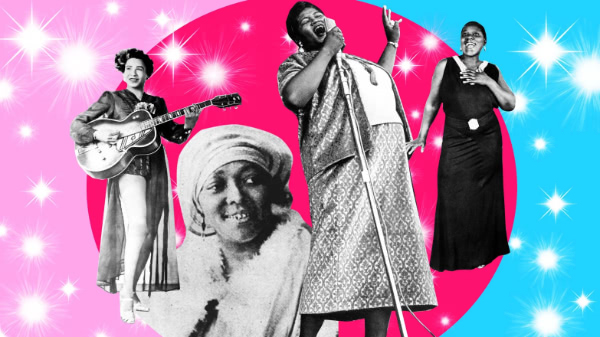
Kali Holloway, writing for The Daily Beast:
It should be common knowledge that Black women invented rock and roll. Memphis Minnie, Willie Mae “Big Mama” Thornton, Bessie Smith and Sister Rosetta Tharpe should be names known as widely as those of the men who came after them, especially the white boys who have been canonized and made infinitely wealthy for biting their style.
Instead, even as they’re cited in the annals of musicology and name-checked by music nerds, these Black women innovators are still far less famous than the musicians they influenced, and rock and roll writ large is almost always raced and gendered as white and male. But it’s Black women who laid the foundation of a musical powerhouse that racism and sexism vaingloriously settler-colonized.
Holloway focuses most of her piece on Sister Rosetta Tharpe.
Their talents are captured on “race records,” where Black music was relegated before it was columbused and repackaged for white consumption. Sister Rosetta Tharpe—a queer Black woman from Cotton Plant, Arkansas, who performed to Pentecostal church crowds by age 4, and was billed as the “Singing and Guitar Playing Miracle” by age 6—reworked gospel hymns into secular hits before “crossover” was even a thing.
Here’s Tharpe in a clip from the documentary The Godmother of Rock & Roll: Sister Rosetta Tharpe:
I can’t imagine seeing her perform without thinking she was somehow from the future.
Holloway:
In 1957, Tharpe reportedly told the Daily Mail, “All this new stuff they call rock and roll, why, I’ve been playing that for years now.” And nothing could’ve been more true.
Robin D. G. Kelley on Black radical history, liberation and capitalism
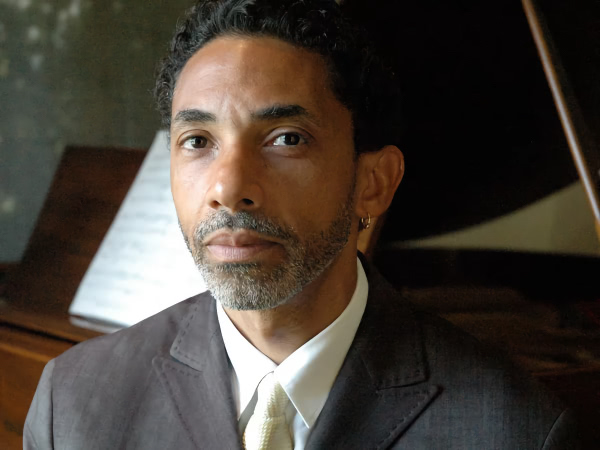
NPR’s Throughline speaks with academic and historian Robin D. G. Kelley.
Host, Ramtin Arablouei:
He’s spent his career telling stories about Black history that aren’t often told. He’s documented Alabama communists during the Great Depression, bus driving union organizers during World War II, Black miners who rebelled against their bosses and much more. In the process, he’s built a vision of history that includes racism as an inherent feature of capitalism.
Kelley on the connections between race, class, gender, and capitalism:
The central story of race and the making of the capitalist order isn’t always the most obvious story. Race and, I would add, gender are modalities in which class is lived.
The story of race in the making of the global capitalist order is also about the capacity of capital in the state to capture the white working class and tie its identity to race as to whiteness and masculinity. So the secret to capitalism’s survival is racism.
Interesting (Marxist) ideas throughout.
Let’s Set The History Record Straight. We Can’t Excuse Racists Like Thomas Jefferson As Just Being ‘Men Of Their Time.’
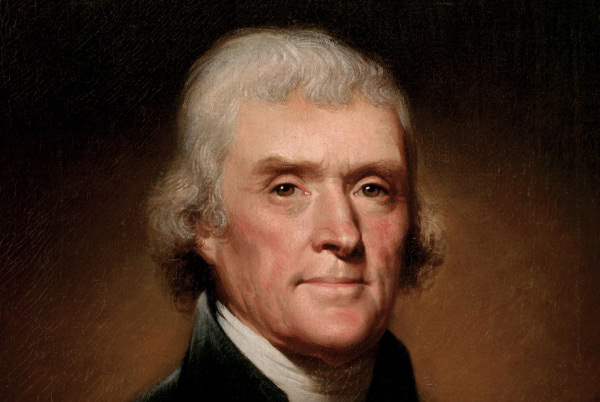
Thomas Jefferson wrote the American Declaration of Independence and was the third president of the United States.
He also enslaved hundreds of Black people, spent years raping his teenage slave Sally Hemings and fathered six children with her.
A common respose to the abhorrent things Jefferson did is that he was just “a man of his time”. University of Virginia professor Marlene L. Daut says it’s time to stop giving men like Jefferson a pass with this excuse.
Daut, writing for Essence:
In day-to-day life, “man of his time” is a cliché often used to excuse past crimes, especially those of so-called great white men. For scholars it’s a meaningless phrase though. Every person is of their time. What we’re interested in is how people lived in their time. All of them. Not just a chosen few. […]
The enslaved liberators of Saint-Domingue lived in the same era as Jefferson. Yet while Jefferson bragged to George Washington that the birth of enslaved Black children at Monticello earned him four percent profit per year, the Haitian revolutionaries were risking their lives to end slavery.
Although it has become a standard rejoinder to argue that the actions of famous figures from the past should not be judged by people living in the present, it is perfectly possible to judge someone like Jefferson by the opinions of people living in his time. Before joining the Haitian revolutionaries, a free man of color named Julien Raimond, a plantation owner and enslaver, asked: “The father who creates another being only to enslave him, is he not a monster?”
The Baltimore Sun apologizes for promoting policies that oppressed Black people
The Baltimore Sun Editorial Board:
Through its news coverage and editorial opinions, The Sun sharpened, preserved and furthered the structural racism that still subjugates Black Marylanders in our communities today. African Americans systematically have been denied equal opportunity and access in every sector of life — including health care, employment, education, housing, personal wealth, the justice system and civic participation. They have been refused the freedom to simply be, without the weight of oppression on their backs.
For this, we are deeply ashamed and profoundly sorry.
‘Black Cloud Rising’ is the story of an all-Black brigade in the U.S. Civil War
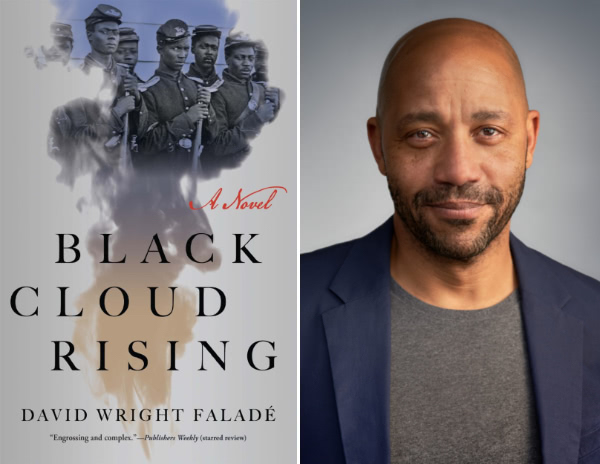
NPR’s Scott Simon speaks with University of Illinois professor and author David Wright Faladé about his new book, Black Cloud Rising.
Simon:
“Black Cloud Rising” has been taking shape for a long time in the mind of the novelist David Wright Falade. He was a graduate student at Virginia Commonwealth University in the early 1990s when he began to hear about the life of Richard Etheridge, who was born into slavery on Roanoke Island, the biological son of the man who enslaved him and taught how to read and write by his white half-sister. Richard Etheridge would become a leader of the African Brigade during the U.S. Civil War, a unit that hunted down Confederate guerillas in North Carolina in the fall of 1863.
Painting Black Warriors, With Michael K. Williams as His Model
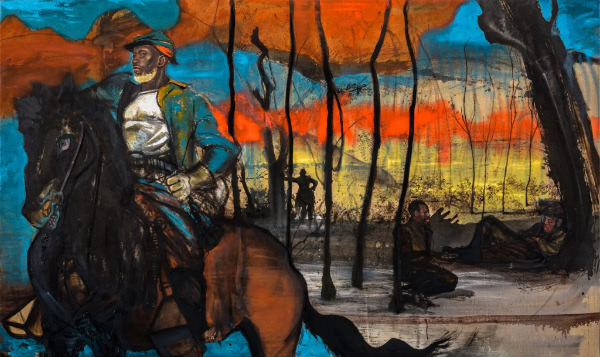
Ted Loos, reporting for The New York Times:
Chaz Guest, a favorite of Oprah, the Obamas and Angelina Jolie, has a gallery show featuring the actor, who posed just before he died. […]
The eight works … depict the Buffalo Soldiers, the all-Black U.S. Army regiments that served on the Western frontier after the Civil War, and who got their nickname from the Indigenous tribes they frequently fought against. […]
For some prestige TV fans, part of the show’s poignancy may be that the model for the figures in the works was the much-mourned, Emmy-nominated actor Michael K. Williams, most famous for his role as Omar on “The Wire,” who sat for Guest in late August and died some two weeks later of an overdose.
The show, Memories of Warriors, is on view in Manhattan at Vito Schnable Gallery through March 19.
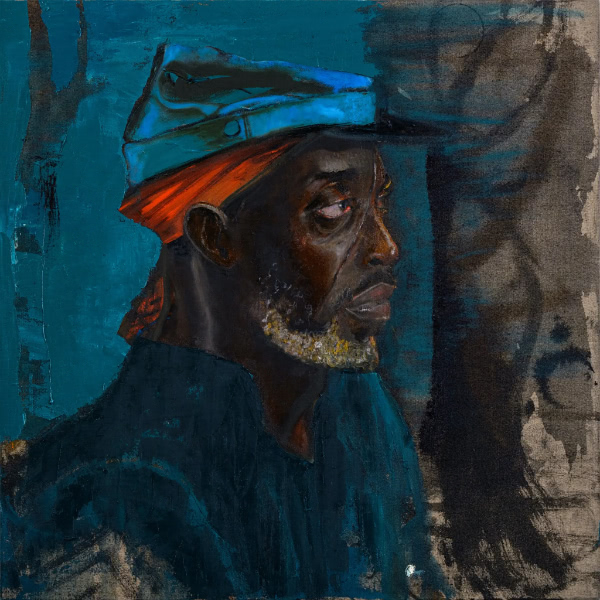
Thanks for reading. See you next week.
